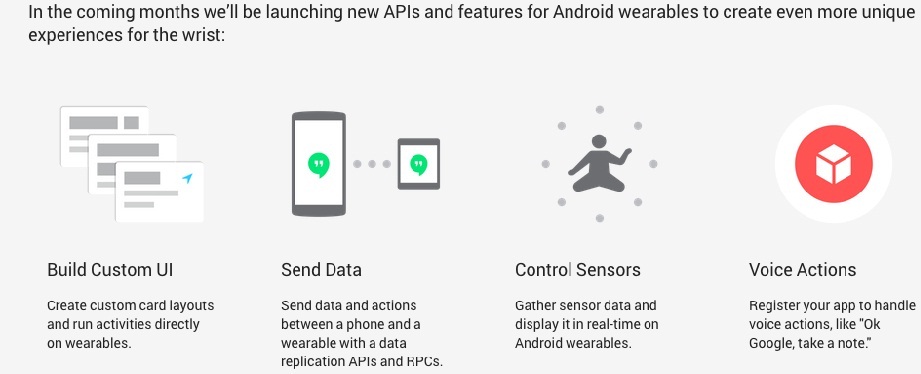Imagine the device which serves up appropriately, localized info from Smartphone’s apps and Web searches based on what it forecasts you want to know. Look, here is the traffic report as you head off on the daily commute. Here is a notice about the meeting change. Here is a flight update as you head to airport. Now suppose that you do not wear device on your face or dig it out of pocket, but access it with the glance at your watch, a few swipes at its touch screen, or may be a spoken command.
This is the world conjured by Google's launch video for Android Wear, its software platform for wearable tech. Whether products which run software will validate the publicity stays the open question waiting summer 2014, when first devices hit market. Industry wonks although have already dubbed it potential game changer, mainly while Apple equivalent remains mere rumour.
Wearable technologies, most particularly smart watches, have long struggled to gain traction in marketplace for all kinds of reasons: aesthetics, price, functionality, battery life. But devices running Android Wear will enjoy the strong boost right out gate, thanks to Android's market dominance, its wide marketplace of apps and Android Wear's streamlined operating system, which is developed specially for wearables.
Two much-buzzed companies have already thrown wrist pieces into ring. LG kicked things off by announcing its G Watch, less bricklike alternative to customary smart watch square, followed by Motorola Mobility flogging its Moto 360, which shoots for chic with its range of leather bands and brushed metal finishes even as critics question real estate possibilities of its round face. Asus, HTC and Samsung have signed up for watch work as well.
The Moto X Smartphone, which ran Google Now (main component of Android Wear, which we'll get to) and was a kind of spiritual precursor to the Moto 360, was somewhat overpriced. Additionally, engineering R&D needed to jam vital electronics into round package could drive up 360's sticker price. Then again, Motorola could choose to eat some of those costs, banking on affordability to make bigger splash.
But Android Wear is more than the engine for running smart watches and other wearable gear. It is newest step in Google's long game, built on backbone of Google Now technology. Android Wear pursues the different philosophy than older watches or phones of smart variety. Like Google Glass, its approach is more background, more about improving your experience of where you are and what you are doing.
Google Now is the service which formerly rode shotgun on Google Search app found on Android phones running Jelly Bean (versions 4.1 and newer). It has since spread to Google Glass, also to desktops, portables and tablets. Though Web types at times allow to go it as Google's answer to Siri, its design philosophy and features are all together more personal and specific.

Essentially, Google Now works by monitoring search patterns, Web history and, optionally, apps and programs. Based on what it finds there, it attempts to supply useful info or alerts before you believe to ask -- things like traffic and weather at location or destination, incoming messages, sports scores, package tracking info, translation help and travel tips, currency conversions. With your authorization, it also can pull information from Google accounts like Gmail or from third-party products. To make sure that you get information which you want when and where you require it, Google Now tracks time of day, your present location and location history.
Android Wear refines all of this Google Now business into form which will fit on tiny screen. Indeed, part of Android Wear's petition lies in new, streamlined user interface (UI), which unites simple contextual information, verbal commands and swiping. Consider each screen display as card, a sticky note's worth of information. Google's service sends virtual stack of these cards, called "context stream," to smart watch or other wearable, where you can flick through them as required.
With launch of Android Wear, all pieces are in place for the wearables renaissance, but Google's real befits over competition hinge on its massive app marketplace and its relationship with broad array of hardware developers which already run Android.